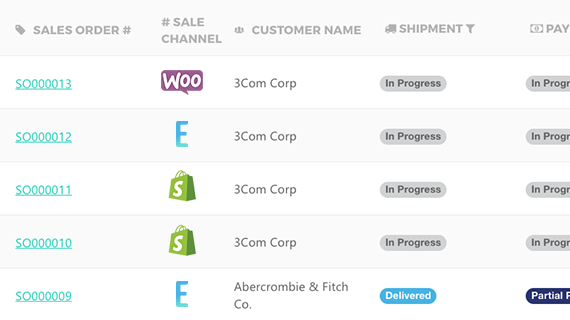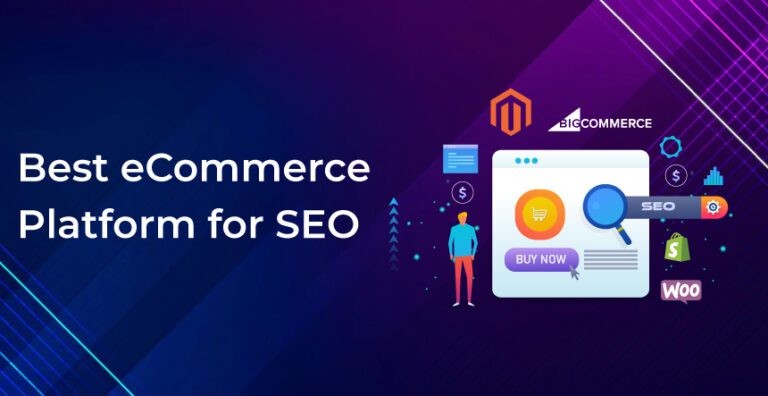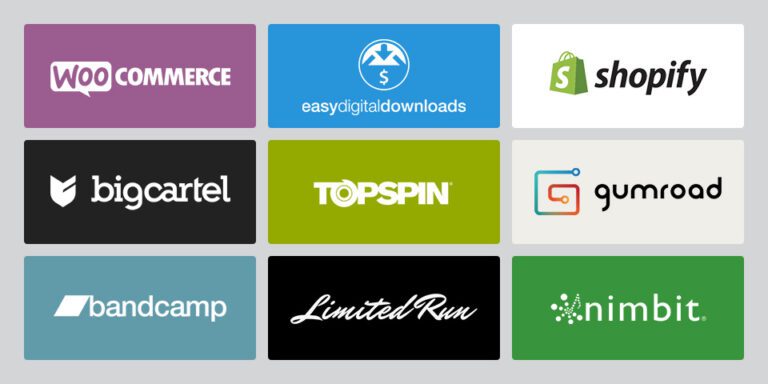Ecommerce Platform Migration: A Step-by-Step Guide to Success
Ecommerce platform migration involves moving your online store from one platform to another. This process can improve functionality and scalability.
Migrating to a new ecommerce platform can be a complex but rewarding task. Businesses often seek improved features, better performance, and enhanced user experience. Choosing the right platform is crucial for growth and customer satisfaction. Factors like ease of use, integration options, and cost should be considered.
A well-planned migration minimizes downtime and data loss. It helps in leveraging advanced tools and technologies, offering a seamless shopping experience. Properly executed, ecommerce platform migration sets the stage for business expansion. This strategic move can give you a competitive edge in the evolving digital marketplace.
Introduction To Ecommerce Migration
Welcome to our guide on Ecommerce Platform Migration. If you’re considering a switch, you’re in the right place. This process involves moving your online store from one platform to another. It can be complex, but the rewards are often worth it.
Why Migrate?
Migrating your ecommerce platform may seem daunting. Yet, there are compelling reasons to do so:
- Performance Issues: Your current platform may be slow or unreliable.
- Scalability: Your business may have outgrown the existing platform.
- Features: New platforms often offer better tools and integrations.
- Cost: Sometimes, a different platform can save you money.
Benefits Of Migration
Switching ecommerce platforms can bring many advantages to your business. Here are some key benefits:
- Enhanced Performance: Faster loading times can improve user experience.
- Better Security: Modern platforms offer robust security features.
- Advanced Features: Enjoy more tools and plugins to grow your store.
- Scalability: Handle more traffic and transactions effortlessly.
Here is a quick comparison of what you might gain:
| Old Platform | New Platform |
|---|---|
| Slow Load Times | Fast Load Times |
| Limited Features | Advanced Tools |
| High Costs | Cost-Effective Plans |
| Poor Scalability | Scalable Solutions |
Overall, migrating your ecommerce platform can significantly benefit your business. Improved performance, better features, and cost savings can boost growth. Ready to explore further? Let’s dive deeper into the process.
Assessing Current Platform
Before migrating to a new ecommerce platform, evaluate your current setup. This helps identify strengths and weaknesses. Use this assessment to make informed decisions.
Performance Analysis
Performance is crucial for any ecommerce site. A slow website drives customers away. Use tools like Google PageSpeed Insights to check load times. Aim for a load time of under 3 seconds.
- Check your server response time.
- Analyze the speed of your mobile site.
- Examine the time it takes to load images.
Downtime affects sales and customer trust. Track any outages over the past year. Use uptime monitoring tools like Pingdom.
| Metric | Ideal Value |
|---|---|
| Load Time | < 3 seconds |
| Server Response Time | < 200 milliseconds |
| Uptime | 99.9% |
Customer Feedback
Customer feedback reveals the user experience. Gather feedback from various sources. Look at reviews on social media, forums, and your own website.
- Read negative reviews to find common issues.
- Note customer suggestions for improvement.
- Conduct surveys to get direct feedback.
Common complaints often highlight areas needing improvement. If many customers mention slow checkout, prioritize this issue.
Positive feedback shows what works well. Keep these features in your new platform.
Setting Migration Goals
Migrating an eCommerce platform can be a complex process. To ensure a smooth transition, setting clear migration goals is crucial. This helps align the team and provides a roadmap for success. Let’s dive into how to define these goals effectively.
Defining Objectives
First, identify the primary objectives for the migration. These objectives should align with your business goals. Here are some common objectives:
- Improving site performance
- Enhancing user experience
- Integrating new features
- Reducing operational costs
Clear objectives help the team stay focused. They also make it easier to measure success.
Kpis And Metrics
Next, establish Key Performance Indicators (KPIs) and metrics. These will help track progress and measure success. Some important KPIs might include:
| Metric | Description |
|---|---|
| Page Load Time | Time taken for pages to load |
| Conversion Rate | Percentage of visitors making purchases |
| Cart Abandonment Rate | Percentage of abandoned shopping carts |
| Customer Retention | Percentage of returning customers |
Tracking these KPIs helps identify areas for improvement. It also aids in reporting progress to stakeholders.
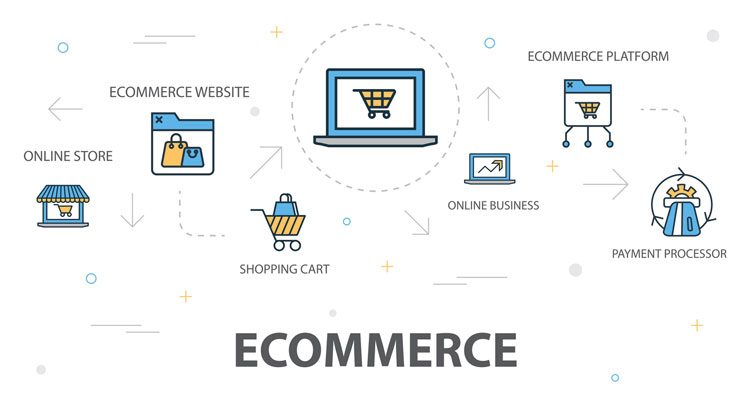
Credit: www.adroitte.com
Choosing A New Platform
Choosing a new eCommerce platform is a big decision. It affects your online store’s success. This section helps you understand what to look for. We will cover key features and cost considerations.
Platform Features
Before selecting a new platform, check its features. Some important features include:
- Customization Options: Can you customize your store’s look and feel?
- SEO Tools: Does it offer tools to help you rank better?
- Mobile Responsiveness: Is the platform mobile-friendly?
- Security Features: Does it provide strong security measures?
- Integration Capabilities: Can it integrate with other tools you use?
- Customer Support: Is there reliable customer support?
Make sure the platform fits your business needs. A good platform should help you grow.
Cost Considerations
Cost is another crucial factor. Compare the costs of different platforms. Look at:
| Cost Type | Description |
|---|---|
| Initial Setup Cost | Cost to set up your store |
| Monthly Fees | Recurring cost of using the platform |
| Transaction Fees | Fees per sale |
| Additional Costs | Costs for extra features or plugins |
Consider all these costs when choosing a platform. A platform that seems cheap may cost more in the long run. Make an informed decision to avoid surprises later.
Planning The Migration
Planning the migration of your ecommerce platform is a critical step. A detailed plan ensures a smooth transition without disrupting your business. This process involves several steps, including creating a timeline, allocating resources, and more. Let’s dive into the key aspects of planning the migration.
Timeline Creation
Creating a timeline is essential for a successful migration. A well-structured timeline helps manage tasks efficiently. It ensures every team member knows their responsibilities and deadlines.
Here is a simple timeline structure:
| Week | Task |
|---|---|
| 1-2 | Initial Planning and Assessment |
| 3-4 | Data Backup and Cleanup |
| 5-6 | Platform Setup and Configuration |
| 7-8 | Testing and Quality Assurance |
| 9-10 | Final Migration and Go-Live |
Resource Allocation
Resource allocation is crucial for migration success. Assign specific tasks to team members based on their expertise.
Consider the following resources:
- Project Manager: Oversees the entire migration process.
- Developers: Handle technical aspects and platform setup.
- Data Analysts: Manage data backup and cleanup.
- QA Team: Ensures everything works as expected.
Proper allocation of resources ensures that each aspect of the migration is handled efficiently.

Credit: www.bolt.com
Data Migration Process
Migrating your eCommerce platform is a significant step. It’s crucial to handle the data migration process carefully. This ensures no loss of vital information. The process involves data cleaning and data transfer. Both steps are essential for a smooth transition.
Data Cleaning
Data cleaning is the first step in migration. It involves removing duplicate, outdated, or incorrect data. Clean data ensures accuracy and efficiency in the new platform.
- Identify and remove duplicate entries.
- Update outdated information.
- Correct any errors in the data.
A clean dataset improves the performance of your new eCommerce platform. It also enhances customer experience by providing accurate information.
Data Transfer
Data transfer is the next step. This involves moving your cleaned data to the new platform.
Use reliable tools for a smooth transfer. These tools ensure data integrity and minimize downtime.
- Choose the right migration tool.
- Test the tool with a small data set.
- Perform the full data transfer.
After the transfer, verify that all data is intact. Check for any missing or corrupted data. Ensure that the new platform is fully functional with the migrated data.
| Step | Action |
|---|---|
| 1 | Data Cleaning |
| 2 | Data Transfer |
| 3 | Data Verification |
Following these steps ensures a successful eCommerce platform migration. Your new platform will be ready to serve your customers effectively.
Testing And Quality Assurance
Testing and Quality Assurance are crucial steps in the eCommerce platform migration process. Ensuring your new platform works flawlessly before going live can save you from future headaches. This section covers the essential testing phases, from functional testing to user acceptance testing.
Functional Testing
Functional testing ensures each part of your eCommerce platform works correctly. This includes:
- Product Listings: Check if products display correctly.
- Shopping Cart: Verify the cart updates items accurately.
- Checkout Process: Ensure customers can complete purchases smoothly.
- Payment Gateways: Test various payment methods for reliability.
- Search Functionality: Make sure the search feature returns accurate results.
User Acceptance Testing
User acceptance testing (UAT) involves real users testing the platform. This phase ensures the platform meets their needs. Key areas to focus on include:
- Ease of Navigation: Users should find it easy to browse products.
- Account Management: Test account creation, login, and profile updates.
- Order Tracking: Verify users can track their orders seamlessly.
- Customer Support: Ensure support features are accessible and functional.
- Mobile Compatibility: Test the platform on various devices and screen sizes.
| Test Type | Description | Key Areas |
|---|---|---|
| Functional Testing | Verifies the platform’s features work as expected. | Product Listings, Shopping Cart, Checkout Process |
| User Acceptance Testing | Ensures the platform meets user requirements. | Ease of Navigation, Order Tracking, Mobile Compatibility |
Launch And Post-migration
The launch and post-migration phase is crucial for a seamless transition to your new ecommerce platform. Ensuring a smooth go-live and providing ongoing support can make or break your migration success. This section covers essential steps and measures to take during this phase.
Go-live Checklist
Before going live, follow this checklist to ensure everything is in place:
- Backup Data: Ensure all data is backed up before the switch.
- Test Functionalities: Test all features like search, cart, and checkout.
- Check Integrations: Verify third-party integrations like payment gateways.
- Review Content: Ensure all content is accurate and up-to-date.
- SEO Settings: Set up redirects and ensure SEO settings are in place.
- Inform Stakeholders: Notify all stakeholders about the go-live date.
Monitoring And Support
Once your new platform is live, continuous monitoring and support are essential. This ensures your site remains functional and bug-free.
Key steps for monitoring:
- Real-Time Analytics: Use tools to monitor site performance.
- Error Logs: Regularly check error logs for issues.
- Customer Feedback: Collect feedback to identify pain points.
Support measures to implement:
- 24/7 Support: Provide round-the-clock customer support.
- Maintenance Schedule: Plan regular maintenance to avoid disruptions.
- Training: Offer training for staff to handle the new platform.
By following these guidelines, you ensure a smooth transition and ongoing success for your ecommerce business.
Common Challenges And Solutions
Transitioning to a new ecommerce platform can be challenging. Businesses often encounter common issues during the migration process. Here we explore these challenges and provide effective solutions.
Technical Issues
Technical issues are among the most significant hurdles. These problems can disrupt your operations.
- Data Migration: Moving data can lead to data loss or corruption.
- System Downtime: Downtime affects sales and customer trust.
- Integration Problems: Integrations with existing systems might fail.
Solutions:
- Data Backup: Always backup your data before migration.
- Testing: Test the new platform in a sandbox environment.
- Professional Help: Hire experts to manage the migration.
User Adaptation
Adapting to a new platform can be difficult for users. This includes both your team and customers.
- Training: Employees need training to use the new system.
- User Experience: Customers might find the new interface confusing.
- Support: Both employees and customers will need support.
Solutions:
- Comprehensive Training: Provide detailed training sessions for your team.
- User Guides: Create guides and tutorials for customers.
- Support Channels: Set up dedicated support channels.
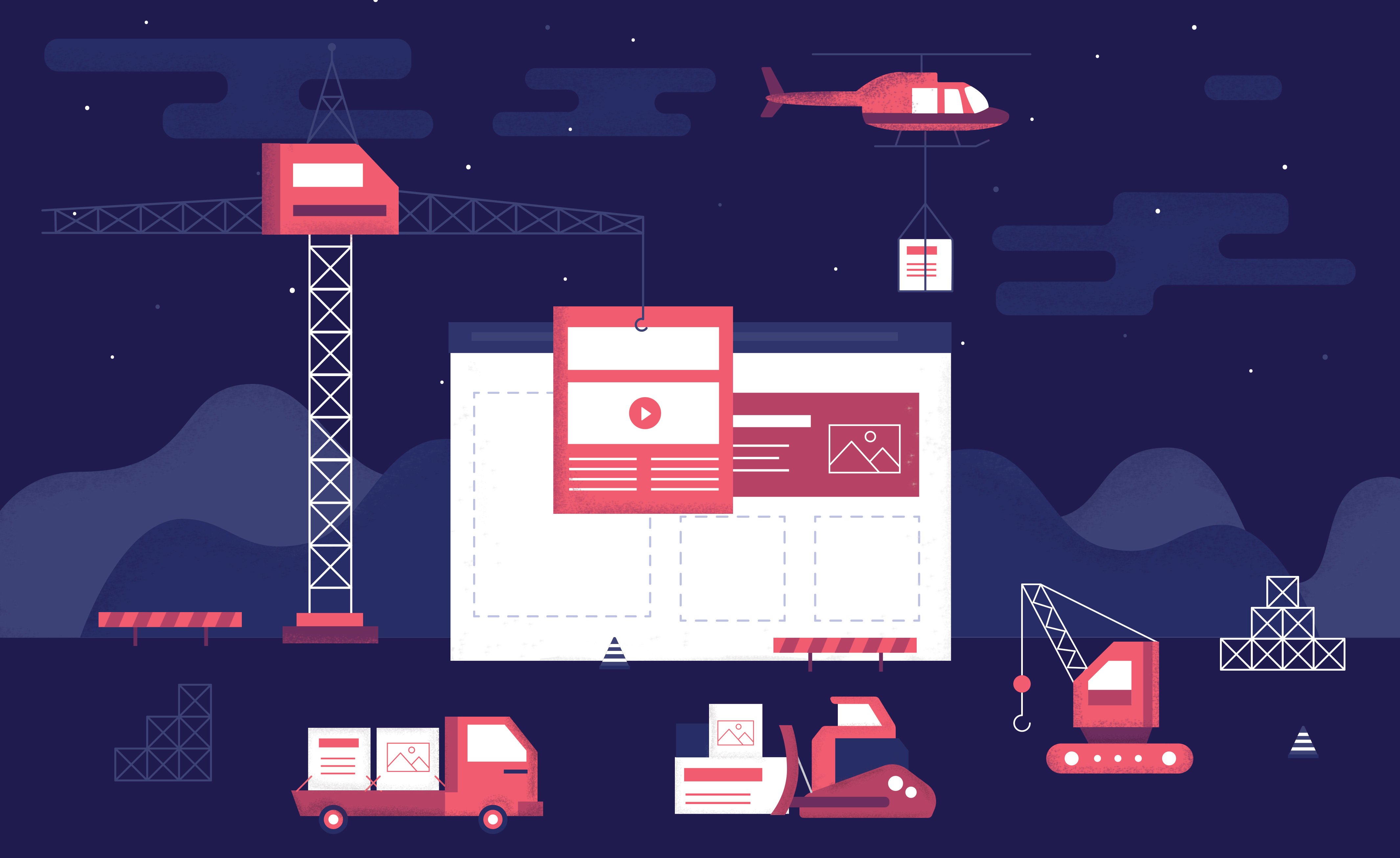
Credit: blog.miva.com
Future-proofing Your Platform
Moving to a new eCommerce platform can be challenging. Future-proofing your platform ensures long-term success and adaptability. This section will explore key aspects of future-proofing.
Scalability
Scalability is crucial for growing businesses. A scalable platform handles increased traffic and transactions. This ensures seamless user experience during peak times.
Consider these factors for scalability:
- Load balancing
- Elastic cloud infrastructure
- Database optimization
Continuous Improvement
Continuous improvement helps your platform stay updated. Regular updates and new features enhance performance and security.
Key strategies for continuous improvement:
- Regular software updates
- Customer feedback integration
- Performance monitoring
| Scalability Factors | Benefits |
|---|---|
| Load Balancing | Distributes traffic evenly |
| Elastic Cloud Infrastructure | Adapts to changing needs |
| Database Optimization | Improves data handling |
Frequently Asked Questions
What Is Ecommerce Platform Migration?
Ecommerce platform migration is the process of moving your online store from one platform to another. This can involve transferring data, redesigning the website, and ensuring functionality. It’s essential for improving performance and scalability.
Why Migrate To A New Ecommerce Platform?
Migrating to a new ecommerce platform can offer better features, improved user experience, and enhanced security. It can also help your business scale and integrate advanced tools.
How Long Does Migration Take?
The duration of ecommerce platform migration varies. It depends on the complexity of your store. Typically, it can take anywhere from a few weeks to a few months.
What Challenges May Arise During Migration?
Challenges during ecommerce platform migration include data loss, downtime, and compatibility issues. Proper planning and testing can help mitigate these risks. It’s crucial to have a backup plan.
Conclusion
Migrating to a new ecommerce platform can enhance user experience and boost sales. Careful planning ensures a smooth transition. Focus on understanding your business needs and choosing the right platform. This will lead to improved functionality and customer satisfaction. Embrace the change for a more efficient and successful online store.
